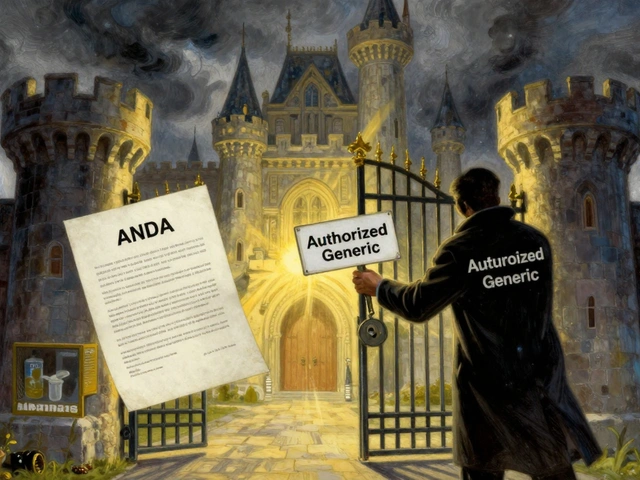Telehealth Muscle Relaxant Guide: What You Need to Know
If you’re dealing with back pain, neck tightness, or a muscle spasm, you’ve probably considered a muscle relaxant. Today you can get one without stepping into a doctor’s office. Telehealth lets you talk to a licensed provider through video or chat, get a prescription, and have the medication shipped to your door.
Before you click “order,” it helps to know which drugs are typically prescribed, how a virtual visit works, and what safety checkpoints you should keep in mind. This guide walks you through the whole process in plain language.
How Telehealth Prescribes Muscle Relaxants
Most telehealth platforms require you to create an account, fill out a health questionnaire, and schedule a video or text consult. During the visit, the provider will ask about your muscle pain, medical history, current meds, and any allergies. If they think a muscle relaxant is appropriate, they can send an e‑prescription to a pharmacy of your choice.
Commonly prescribed oral relaxants include:
- Cyclobenzaprine (Flexeril) – works well for short‑term use, usually up to three weeks.
- Baclofen (Lioresal) – often used for spinal cord injuries or severe spasticity.
- Tizanidine (Zanaflex) – good for nighttime cramps because it can cause drowsiness.
- Diazepam (Valium) – a benzodiazepine that also relaxes muscles but carries a higher risk of dependence.
Because these meds affect the central nervous system, a provider must confirm you don’t have conditions that increase risk, such as severe liver disease or a history of substance abuse. The telehealth visit may also involve a brief physical exam, where you describe pain location, range of motion, and any triggers.
Tips for Safe Use & What to Watch
Once you have the prescription, follow these guidelines to stay safe:
- Start low, go slow. Take the lowest dose your doctor recommends and see how you feel before increasing.
- Know the side effects. Drowsiness, dry mouth, and dizziness are common. If you feel overly sleepy, avoid driving or operating machinery.
- Watch for interactions. Muscle relaxants can interact with other sedatives, alcohol, or antihistamines. List all your meds for the telehealth provider.
- Set a clear end date. Most relaxants are meant for short‑term relief, not chronic use. Ask your provider when to taper off.
- Keep follow‑up simple. Many services let you message the doctor after a few days to report how the drug works. Use this to adjust dose or switch meds if needed.
If you notice severe side effects—like rapid heartbeat, trouble breathing, or unusual swelling—seek medical help right away. These are rare but can happen, especially if you have underlying health issues.
Insurance often covers telehealth visits and the prescription itself, but coverage varies by plan. Check your benefits before the appointment, and ask the telehealth platform if they accept your pharmacy.
Finally, choose a reputable telehealth provider. Look for platforms that require a licensed clinician, use secure video technology, and have clear privacy policies. A quick web search for reviews can save you from shady services that push unnecessary meds.
Getting a muscle relaxant via telehealth can be quick, convenient, and safe when you do the right homework. Use this guide to prepare for your virtual visit, pick the right medication, and stay on top of any side effects. Relief is just a click away—just make sure it’s the right click.

How to Safely Buy Cyclobenzaprine Online (2025): Legit Sites, Prescriptions, Prices
A clear 2025 guide to safely buying cyclobenzaprine online: how to get a prescription, verify pharmacies, compare prices, avoid scams, and receive fast delivery.
Aug 21 2025




